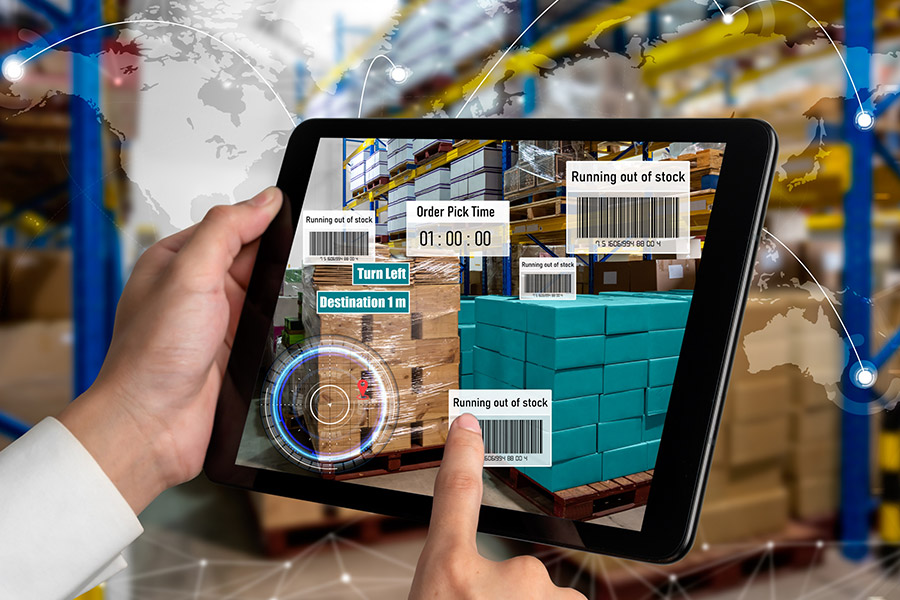AI’s tryst with Retail continues. Computer vision and AI-powered Automated product tagging is now allowing retailers to cut down up to 90% of catalogue processing time.
A woman with the ‘Lavender Full Sleeves V Neck Hooded Sweatshirt’ in mind finds it an ordeal to find that apparel on the ecommerce portal. The fashion apparel eludes search results though the retailer has enough stocks. A trying customer experience brought about by a challenged catalog management. Let’s test the waters of catalog management done manually. It takes about 15 hours to tag 100 products a day. Now with a situation presupposing a product number at 25,000, chances are that the manual tagging could derail the possibility of the product featuring in search results.
If you want to put automatic product tagging in perspective, it goes like this – A retailer observed that a pre-automated attribute tagging vs post automated product tagging yielded an increase in conversion rates in terms of search sessions and a 37% lift rate was recorded. AI-powered automated product tagging has yielded better search and discovery, inventory management and hyper personalization.
Customers want to get to that coveted apparel by keying in attributes like colour, print, size, fabric etc. If search results yield products that are neither relevant nor accurate, your customers hold back their buying decision. With the AI-automated product tags, retail has empowered customers to use granular attributes via automatic product tagging to filter the search, eased out product search and discovery challenges, and has guided customers towards their buying decision.
Man to Machines for Automatic product tagging
The product tags in themselves are messengers of performance insights, customer behaviour insights, and insights to build future business decisions. Apparel retailers, electronics, jewellery, furniture, fashion and sports retailers are now connecting image recognition and deep learning aided automatic product tagging to various phases of value chain.
Machines identify and tag visual attributes while the NLP component is used for scanning text. Machines are used for scanning product images, say apparel images, and identifying features falling in sync with specific keywords. Customer vision aided Image recognition with deep learning give way for rich product attributes and auto product tags to increase catalog processing time, enhance accuracy of attributes and tags, and reduce operational costs.
Building the Automated product tagging Engine
At the core is the AI-powered product tagging engine. Feed products comprising images, text metadata into this engine while the AI image recognition tags products on the catalogue with attribute labels. The AI-powered product tagging engine leverages Neural networks that learn continuously from the QA results for creating multiple attributes of products. The QA is performed to retrain images that are inaccurately tagged.
The non-visual attributes such as the ‘fabric’ mentioned via textual information is picked by the NLP component of the automatic product tagging engine.
Say, for a Fashion retailer, if images of men shirts are fed into the engine, automated product tagging creates tag attributes such as ‘Purple, polyester, office, full sleeves, regular fit etc.
Image recognition is again used for predicting attributes with the neural network driven attribute prediction model predicting possible attributes. The quality of the attribute prediction model is gauged via precision and recall. The output is experienced in the form of enriched product catalogs with tags and attributes optimized for product discovery. Automated image recognition and tagging enabled by the engine just consumes a fraction of the manual time and labour.
Connecting Automated product tagging to Personalization via personalized recommendations
A customer launches into his search to buy an apparel. As the customer keys in ‘Shirt office’, the AI automated tagging engine takes cue from the previous customer purchases and wish list and makes a personalized recommendation – ‘X Brand shirt, Blue colour, Full sleeves, cotton and Normal Fit’ on a discounted price.
Once the automatic product tagging engine is established, multi-dimensional attributes can be extracted to strengthen search and facilitate enriching customer experience. The AI-engine takes over in recording every customer clicks on the tags which gives the lead to understand shopper expectations.
When combined with historical behaviour, past purchases and wish list, the engine provides insights into customer preference and trigger customizations and personalized recommendations to meet shopper preferences. The product attribute tagging along with shopper search history provide insightful feed about user likes and preferences to the personalization engine to generate personalized recommendations.
And when a customer is looking for winter wear, jackets for instance, AI-powered automated product tagging rises in relevance in terms of seizing an opportunity to increase the customer spend. The auto tagging system makes relevant recommendations in terms of other winter wear items, leading the way to increase sales.
Saksoft has helped retail customers implement Automated product tagging. The AI team at Saksoft can help you leverage AI and image recognition to automatically tag products, tap into rich product attributes and use automated product tagging to transform your business.





